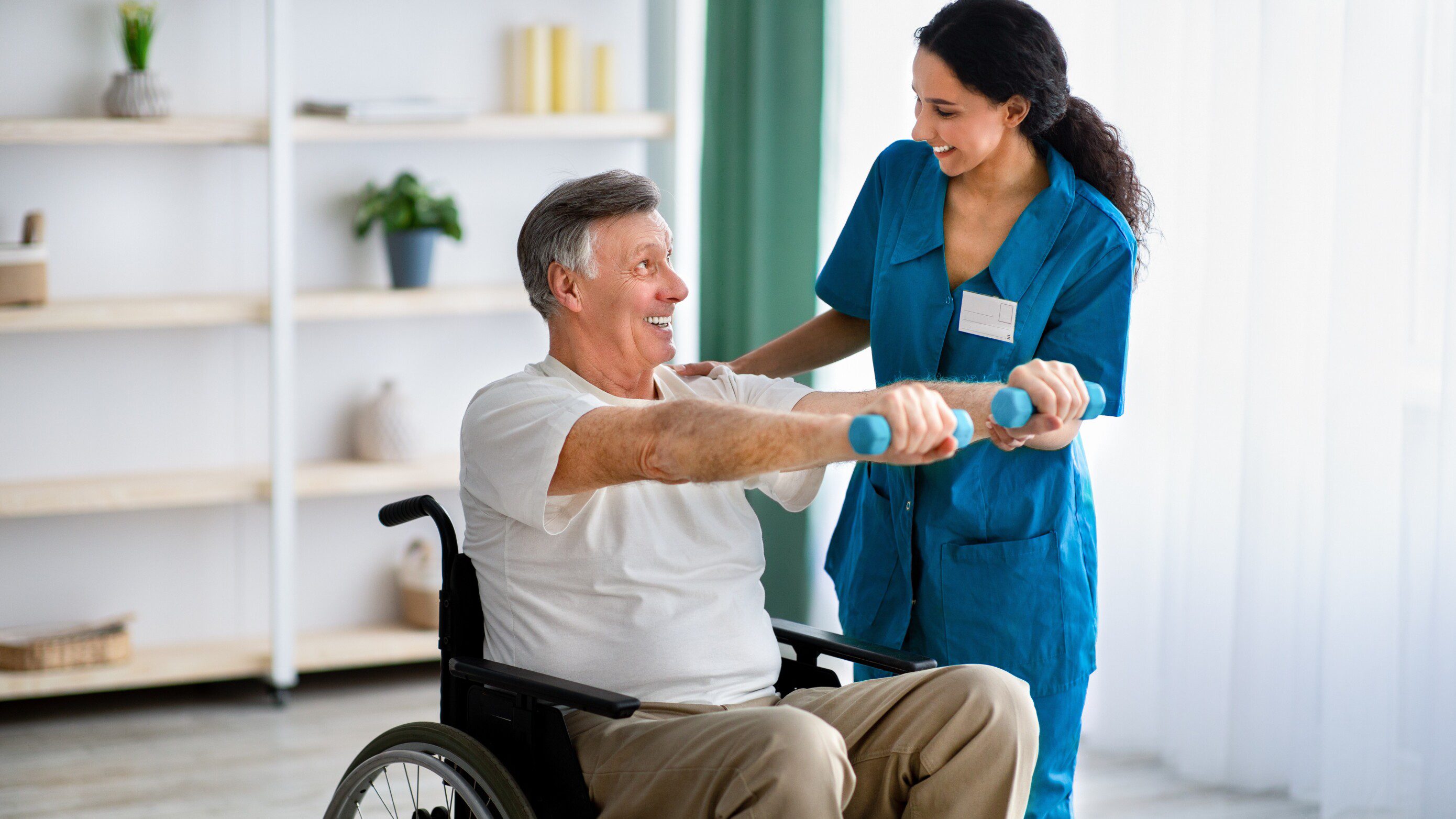Seniors with limited mobility face many specific challenges. One of them is exercise. Although mobility issues may seem like a barrier to exercise, the truth is that tailored physical activity can greatly improve the well-being of seniors in these situations.
Specialised exercise
Contrary to popular belief, limited mobility does not mean that seniors should not be able to exercise. However, the key is to tailor the exercise to suit each individual’s health and ability. Specialized exercises can be adapted to recumbent seniors, people in wheelchairs, and even those with partial paralysis.
Why exercise is important
Regular exercise is key for seniors, especially those with limited mobility. It helps maintain joint flexibility, prevents muscle atrophy and improves overall blood circulation. Physical activity can also relieve stiffness and reduce the risk of complications such as pressure sores. In addition, exercise contributes to improved mental well-being and reduces the risk of depression and anxiety in seniors.
Tailor-made solutions for different mobility problems
- For recumbent seniors
Seniors can perform light stretching exercises even in limited bed space. This includes gentle leg lifts, ankle circles and rotational movements to maintain joint flexibility. Recumbent seniors can also use isometric exercises, such as muscle contraction and relaxation, to increase muscle tone.
- For seniors in wheelchairs
Seniors with limited mobility can perform a variety of upper body exercises while sitting in a wheelchair. This includes arm lifts, arm rotations and resistance band exercises to strengthen the muscles. Leg exercises such as knee raises and ankle pumps can also be included to promote circulation and joint mobility.
- For seniors with partial paralysis
People recovering from a stroke may benefit from a combination of range-of-motion exercises and specific muscle-strengthening exercises. Passive range-of-motion exercises, in which the caregiver gently moves the affected limbs through their natural range of motion, can help maintain flexibility. Targeted strengthening exercises aimed at unaffected muscles help promote balance and mobility.
Carer involvement
Carers play a key role in this process by providing support and assistance. They contribute by ensuring that seniors are comfortable and in the right position during exercise. Caregivers also monitor for any signs of discomfort or fatigue and adjust the exercise regimen as needed. This collaboration between seniors and caregivers fosters a positive environment, increasing the overall success of the exercise regimen.
Exercise for a healthier future
In conclusion, seniors with limited mobility can indeed exercise and reap the physical and mental benefits that result. By tailoring exercise routines to individual needs and recognizing the key role that caregivers play, we can ensure a healthier future for seniors facing mobility challenges.
Atena: Your partner in elderly care
Atena specializes in individual care solutions for the elderly. Our experienced team is dedicated to improving the well-being of seniors with a variety of needs, including those with limited mobility. Contact us today to find out how we can support your loved ones on their journey to a healthier, more active lifestyle.







